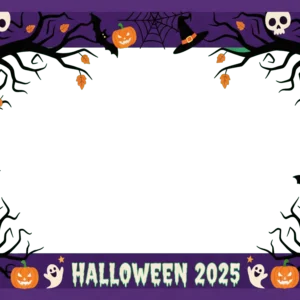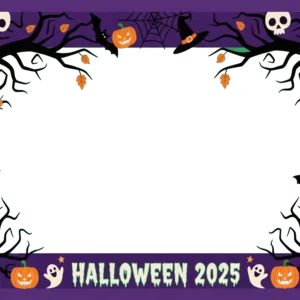In a world where old school meets new allure, sometimes a burst of creativity, or a phoenix-like Charizard, can spark a ferocious fire. Enter Evan Longoria, the veteran MLB third baseman who’s no stranger to the world of collectible cards, having signed more than a thousand throughout his career. Yet, on one particularly buzzworthy occasion, Longoria found himself the center of a collector’s whirlwind not just for his athletic prowess, but for an altogether unexpected spectacle: a baseball card featuring a game-used bat knob adorned with none other than a Charizard graphic.
To say the hobby went ablaze would be putting it lightly. Created for the much-anticipated 2025 Topps Tier One Baseball set, this card is something of a sensation already, bridging the worlds of two robust collector communities—sports enthusiasts and Trading Card Game (TCG) devotees. The strategic moment couldn’t have been more impeccable; Pokémon cards are still the rage and baseball fanatics are ramping up for an exciting season. This card, melding two fervent worlds, took the collectors’ imaginations by storm.
One particular collector, Alan Narz, the mastermind behind Big League Cards in Casselberry, Florida, experienced this frenzied enthusiasm firsthand. Rather than merely admiring the card from afar like an awestruck fanboy peeking at his idol, Narz decided to put his money where his marvel was. He announced a staggering $100,000 bounty to anyone willing to part with this card.
Not one to mince words, Narz expressed his enthusiasm: “We’re all about being the top spot for sports and Pokémon,” he stated. “Now this card shows up that’s basically the perfect blend of both? We need it.” His enthusiasm was palpable, his intention clear—Big League Cards had to have it, like Ash Ketchum claiming the Thunder Badge.
While Topps has certainly dabbled in the Pokémon realm before with official branding, this unprecedented crossover marks the first of its kind on a licensed MLB card. Bat knob cards in themselves are a collector’s dream—a tactile relic of a sports icon’s game-used bat incorporated into the card. However, weaving the mythical Charizard into this Japanese-American fusion was Topps’ version of adding caramel popcorn to a cinematic experience.
Narz wasn’t the lone pioneer awed by this collectible gold. Soon after its social media debut, keen-eyed collectors uncovered a Longoria game-used bat with the identical Charizard insignia on the knob, available on eBay for less than $1,000. Promptly stepping up to bat at this grand slam opportunity was Doug Caskey, co-founder of the break giant Mojobreak—a company that’s no stranger to shaking up the hobby.
Ever the opportunist, Caskey secured the bat for a neat $700, a move that resonated well beyond its initial acquisition cost within the collecting community. His post flaunting the new find gathered momentum rapidly—not just thanks to the steal deal but tied deeply to Longoria’s ties to the Bay Area, where Caskey’s business roots run deep.
“We’ve got a big Pokémon following and being from the Bay Area, where Longoria played for years, it felt like the right move,” Caskey articulated, profound in his instinctive leap into this whirlpool of excitement.
For Caskey, his connection to Longoria is like Pikachu to Ash—a sacred bond that radiates storied history. Remember, when Mojobreak burst onto the scene in 2010, collectors relentlessly hunted for Longoria’s elusive 2006 Bowman Chrome Superfractor, a card that, to this day, has remained an unsolved myth within hobbyist circles. It’s a chase that kindled many an adventure in Caskey’s formative years.
“We were always chasing that Longoria Superfractor,” Caskey reminisced with a nostalgic tinge. “And it still hasn’t shown up. It became a thing with us.” Analogous to Professor Oak’s unending pursuit of knowledge, Caskey remains consistent in his quest.
As for the encompassing, yet personal excitement surrounding the Charizard bat knob card? Oh yes, Caskey’s committed to tracking it down once Topps Tier One rolls out.
“The thrill of the chase,” he declared with the vigor of a seasoned Pokémon trainer. “This card—it’s something else. Hunting that down? That’s what the hobby is all about.”
There’s no telling where this cultural artifact will call home eventually. Whether it’s nestled behind a shop in Florida or encased like a rare gem in the Bay Area, this card is already imbued with legendary status. What we witness is not just a product of ink and art; it’s a cultural cross-pollination, an unexpected bridge binding nostalgic childhood memories and the gritty triumphs of America’s favorite pastime. In this melding of worlds, Longoria’s card is far more than cardboard. It is an emblem of collector culture—living on the cusp of legacy and lore.

